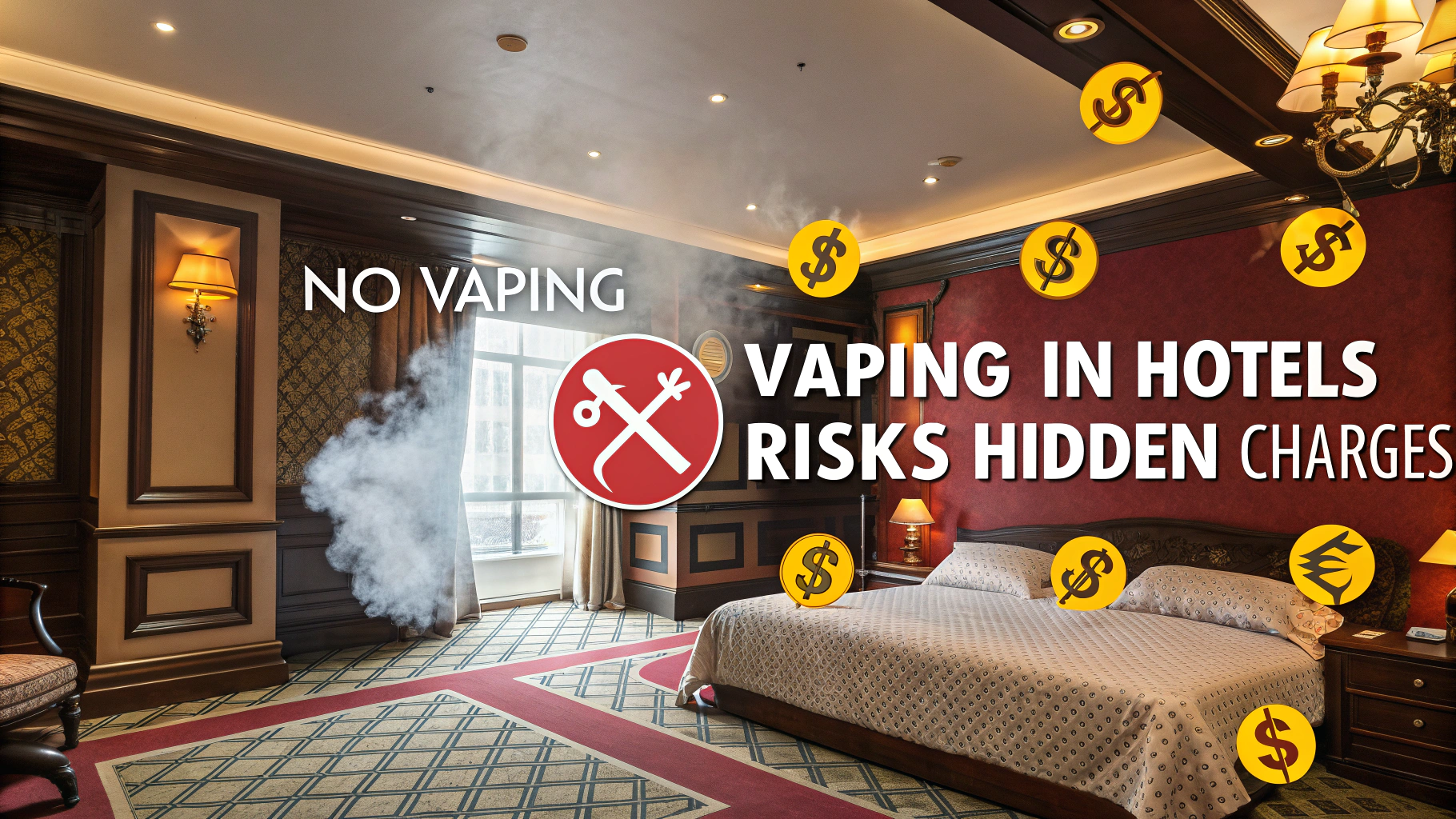Finding clean and accessible changing tables while traveling with babies can make or break your family adventure.
Major retailers like Target, Walmart, and Costco reliably offer changing stations in both men’s and women’s restrooms.
Shopping malls typically provide dedicated family restrooms with changing facilities and extra amenities like nursing rooms.
Common Places with Changing Tables:
- Department stores
- Fast food restaurants (McDonald’s, Starbucks)
- Public libraries
- Airports
- Modern rest stops
- Museums
- Hotels
Useful Apps for Finding Changing Stations:
- Bathroom Scout – Maps nearby restrooms with changing facilities
- Sit or Squat (by Charmin) – Reviews and ratings for public restrooms
- ChangingTable.org – Community-driven database of changing locations
Quick Tips for When You Can’t Find a Changing Table:
- Keep a portable changing mat in your diaper bag
- Use your vehicle’s trunk or backseat (with a changing mat)
- Consider a stroller with a flat recline position
- Pack disposable changing pads for emergencies
Safety Considerations:
- Always check the stability of public changing tables before use
- Clean the surface with sanitizing wipes
- Never leave your baby unattended
- Keep one hand on your baby while reaching for supplies
Several states now require changing tables in both men’s and women’s public restrooms, including New York and California.
Essential Items for Public Diaper Changes:
- Foldable changing pad
- Sanitizing wipes
- Plastic bags for soiled items
- Extra clothes
- Hand sanitizer
Contact your destination ahead of time to confirm changing facilities – most businesses respond quickly through social media or their customer service lines.
Consider mapping out your route with planned changing stops for longer trips, marking businesses known to have good facilities.
Additional Travel Considerations
Planning bathroom breaks around feeding times helps create a more predictable schedule for both parent and baby. Many parents find success stopping every 2-3 hours regardless of immediate need.
International Travel Notes:
- European countries often have dedicated family rooms in public spaces
- Asian countries may have squat toilets – bring a portable changing station
- Tourist areas typically offer better facilities than local neighborhoods
- Major hotel chains maintain consistent standards worldwide
Emergency Backup Options:
- Park benches with changing mat (weather permitting)
- Shopping mall fitting rooms
- Empty conference rooms in hotels
- Nursing rooms in department stores
Conclusion
Successful diaper changes while traveling require advance planning and flexibility. Keep essential supplies readily accessible and research facilities at your destination. Mobile apps provide valuable real-time information, while a backup plan ensures you’re prepared for any situation.
Remember that laws and facilities continue improving to accommodate families’ needs. Share your experiences and newly discovered changing locations with other parents through apps and online communities to help build a more comprehensive resource network.
Final Reminders:
- Update your changing station apps before major trips
- Maintain a well-stocked travel diaper bag
- Trust your parental instincts about facility cleanliness
- Report unsafe or unsanitary conditions to facility management
FAQs
- Where are changing tables typically located in public places?
Changing tables are commonly found in family or accessible restrooms, women’s restrooms, and sometimes men’s restrooms. They’re often available in shopping malls, restaurants, airports, department stores, and highway rest stops. - What should I do if there’s no changing table available?
Keep a foldable changing mat in your diaper bag for emergencies. You can change your baby in your car’s trunk or backseat, or find a quiet corner on a clean floor using your changing mat. - Are changing tables usually available in men’s restrooms?
Due to legislation like the BABIES Act in the US, many public buildings are required to have changing tables in men’s restrooms. However, availability varies by location and establishment. - How can I find out if a location has changing tables before visiting?
Check the establishment’s website, call ahead, read reviews on family-friendly apps, or use specialized apps like Changing Table Finder that map locations with baby facilities. - What safety precautions should I take when using public changing tables?
Always test the stability of the table, use the safety strap if available, keep one hand on your baby at all times, and clean the surface with sanitizing wipes before use. - Are changing tables required by law in public places?
Laws vary by country and region. In the US, the BABIES Act requires changing tables in federal buildings, but requirements for private businesses vary by state and local regulations. - What alternatives exist for locations without changing tables?
Portable changing stations, lap changing, standing changes for older babies, or using your stroller in recline position are possible alternatives. Some parents carry lightweight fold-up changing tables. - How do I know if a changing table is safe to use?
Check for proper mounting to the wall, ensure there are no broken parts, verify the weight limit (usually 50 pounds), and make sure the surface is clean and intact. - What essential items should I pack for changing on the go?
Pack a changing mat, diapers, wipes, sanitizing wipes for the changing surface, plastic bags for disposal, and a change of clothes in case of accidents. - Are changing tables available on airplanes?
Most wide-body aircraft and many newer narrow-body planes have changing tables in at least one bathroom, typically indicated by a baby changing symbol on the bathroom door.








